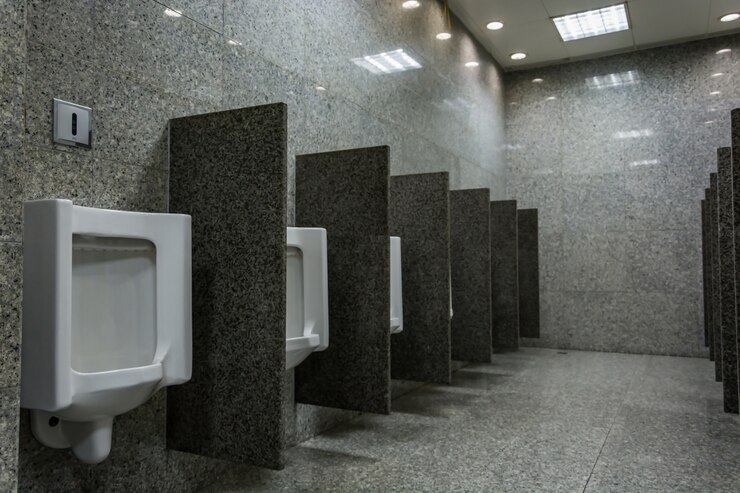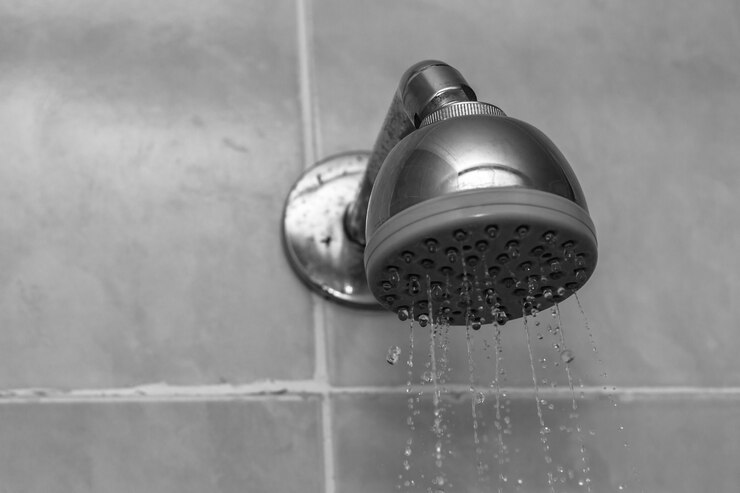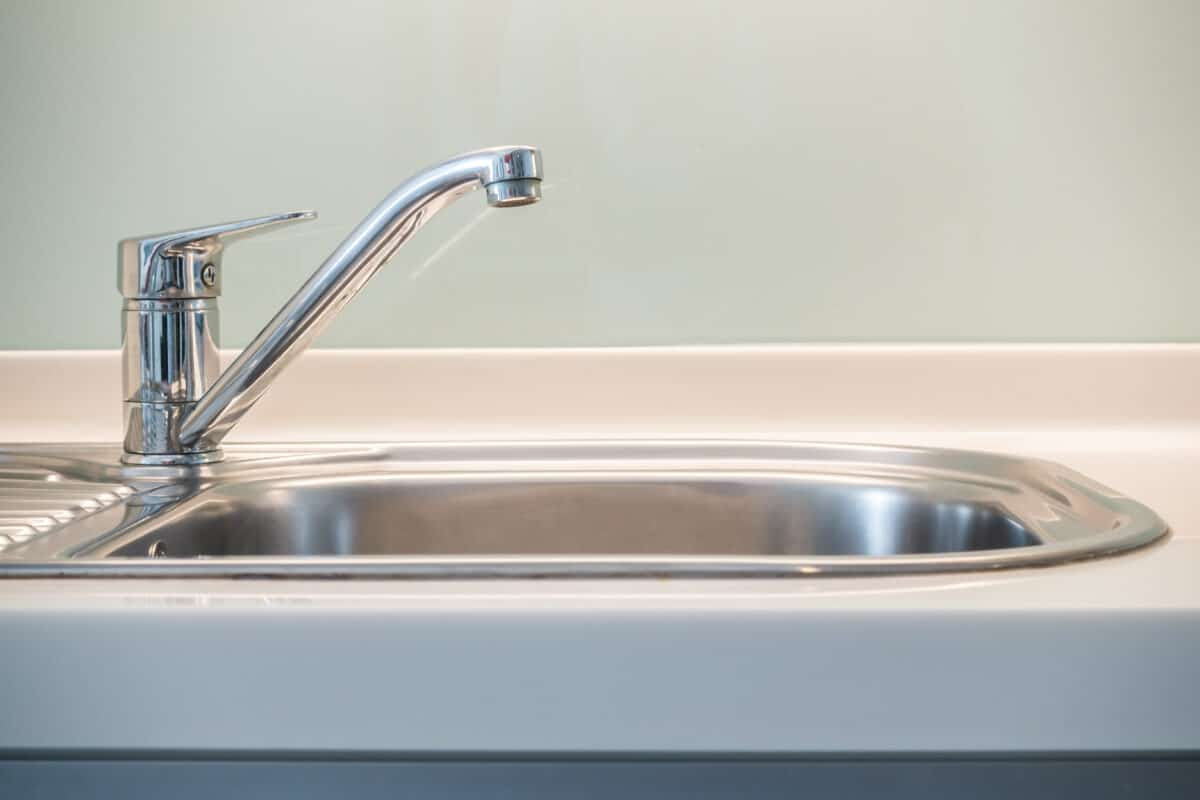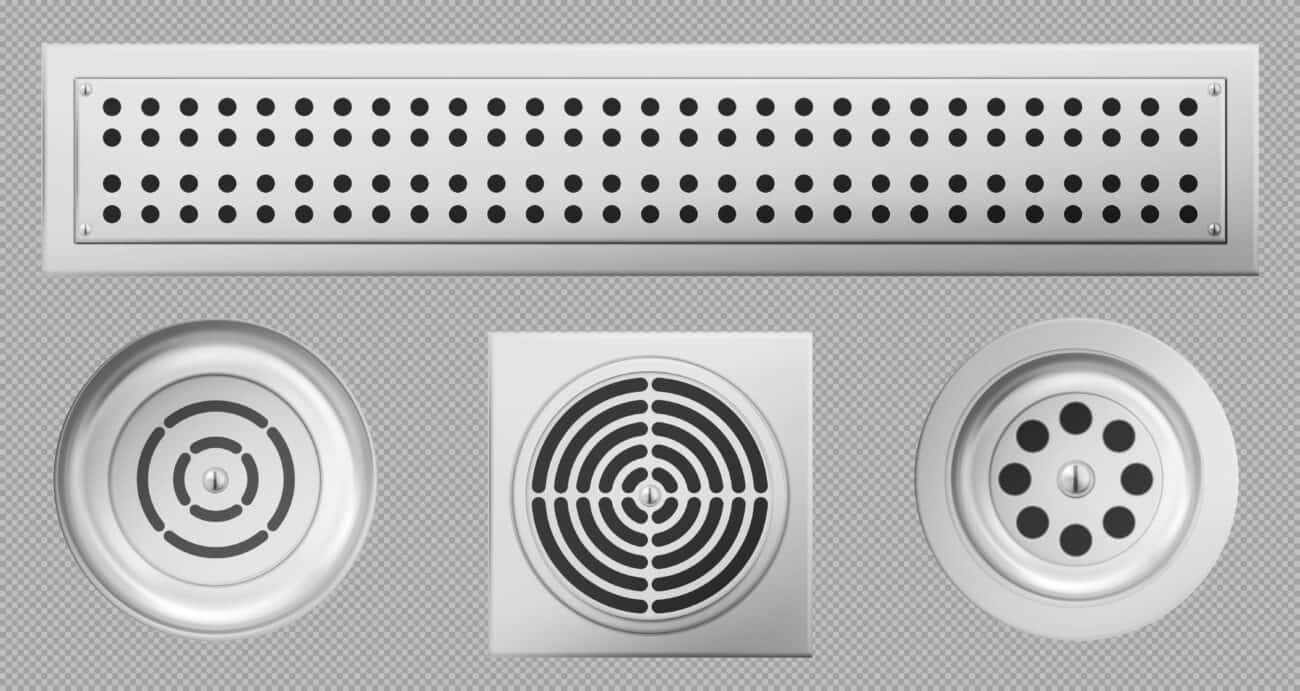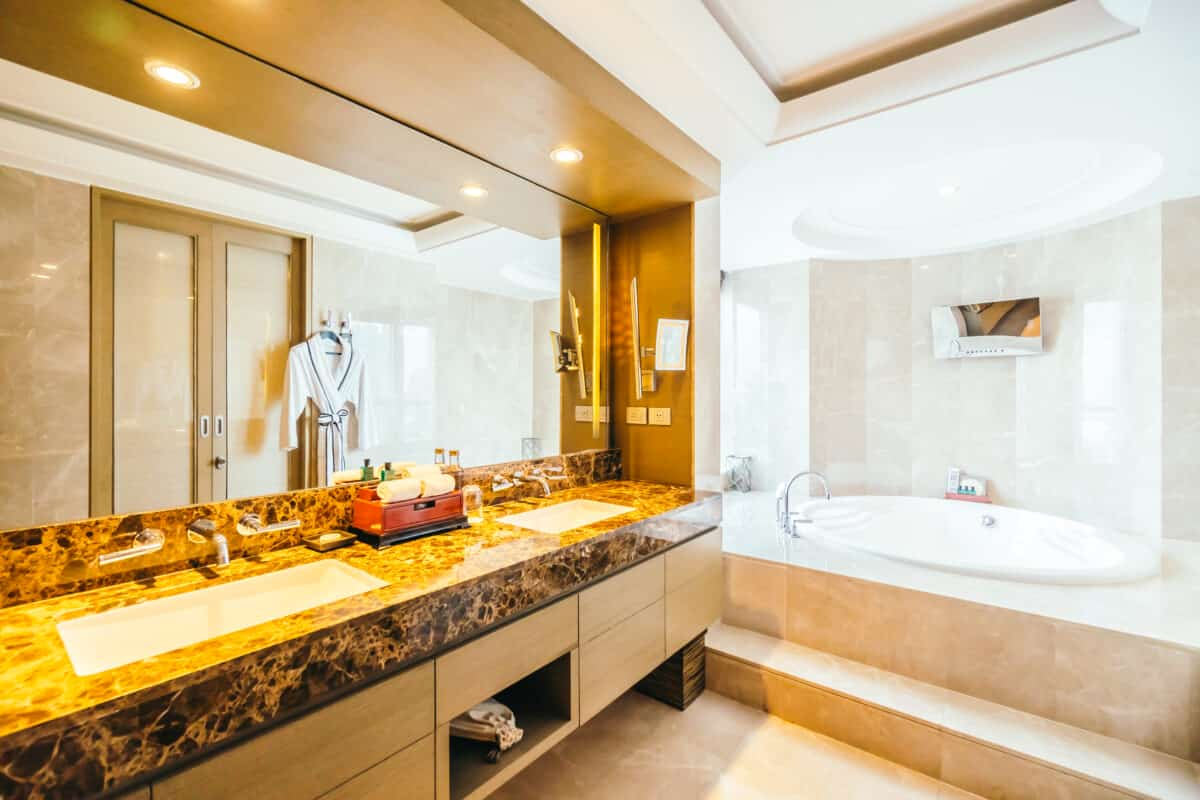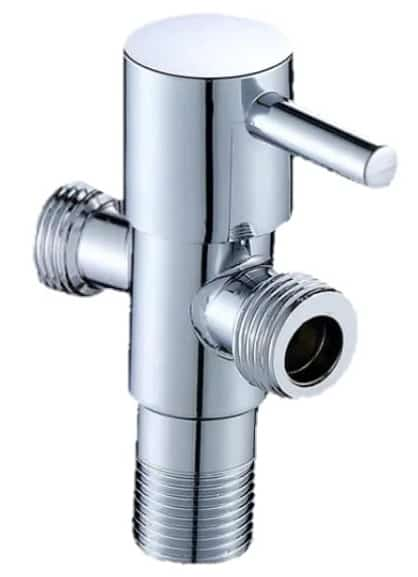Public restrooms have long been spaces of basic necessity, often overlooked in terms of technological advancement. However, the emergence of smart toilet urinals is revolutionizing these often-neglected areas, enhancing hygiene, efficiency, and sustainability. This integration of technology, seen notably in wall mounted toilets, urinal toilet seats, and urinals for washrooms, is reshaping our restroom experience.
Hygiene Reinvented
One of the most striking features of smart toilet urinals is their emphasis on hygiene. Traditional urinals often face issues of cleanliness and odor, but technology has stepped in to address these concerns. Wall mounted toilets equipped with automated flushing mechanisms help maintain cleanliness by eliminating manual contact, reducing the risk of germ transmission.
Additionally, the incorporation of self-cleaning functionalities in urinal toilet seats ensures a consistently sanitized surface after each use. These seats often utilize antibacterial agents or ultraviolet light technology, offering users a more hygienic experience compared to conventional setups.
Efficiency at Its Core
Smart urinals redefine efficiency in public washrooms. The installation of sensors in urinals enables water conservation through precise usage monitoring. Advanced models can detect usage patterns, optimizing water flow based on foot traffic, ultimately contributing to significant water savings.
Moreover, the introduction of wall mounted toilets and urinals for washrooms has paved the way for space efficiency. Their sleek and compact designs not only complement modern architectural aesthetics but also maximize floor space, allowing for more functional restroom layouts in high-traffic areas.
Sustainability Takes Center Stage
Incorporating technology into restroom fixtures has also ushered in a new era of sustainability. Water-saving features, like those found in smart urinals, contribute significantly to conservation efforts, reducing water wastage. Additionally, some models integrate eco-friendly materials in their construction, further aligning with environmentally conscious practices.
Furthermore, the ability to monitor water usage and identify leaks through connected systems ensures prompt maintenance, preventing unnecessary water loss. These features not only benefit the environment but also provide cost savings for establishments managing restroom facilities.
Challenges and Adoption
Despite the evident benefits, the widespread adoption of smart toilet urinals faces challenges. Initial installation costs and the need for compatible infrastructure might deter some establishments from embracing this technology. Moreover, concerns regarding maintenance and technical glitches may raise apprehensions among potential users.
However, as technology advances and costs potentially decrease, the advantages of improved hygiene, efficiency, and sustainability may outweigh these initial obstacles. Additionally, the growing demand for enhanced restroom experiences might prompt further innovation and market competition, ultimately driving down costs and addressing maintenance concerns.
The Future Landscape
The trajectory of smart restroom fixtures, including wall mounted toilets and urinals for washrooms, promises an evolution toward more connected and intelligent spaces. The integration of Internet of Things (IoT) technology may lead to predictive maintenance systems, allowing proactive measures to address issues before they impact user experience.
Moreover, customization and personalization options might become prevalent, catering to individual preferences in water usage, temperature settings, and even entertainment features integrated into restroom fixtures.
Conclusion
The integration of technology in public restrooms through smart toilet urinals represents a paradigm shift in our approach to hygiene, efficiency, and sustainability. While initial challenges exist, the benefits—enhanced cleanliness, optimized water usage, and reduced environmental impact—position this innovation as a cornerstone of future restroom design.
As these advancements continue to evolve, the prospect of smarter, more user-friendly, and environmentally conscious restroom experiences becomes increasingly tangible, reshaping our expectations and experiences in these everyday spaces. Smart toilet urinals are not merely fixtures; they signify a step forward in redefining our relationship with public hygiene and convenience.

